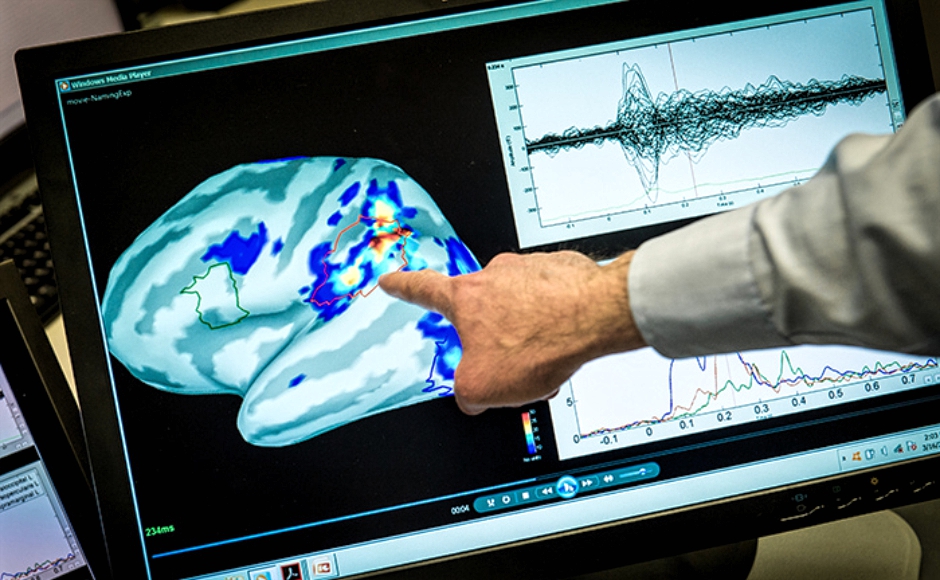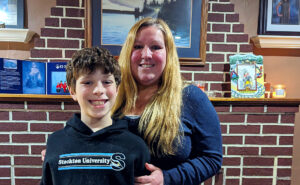 MEG Lab scientist Mihai Popescu points out areas of magnetic activity in a brain at Walter Reed Nat'l Military Medical Center, 5-16-17. Credit: USAF | J.M. Eddins, Jr.
MEG Lab scientist Mihai Popescu points out areas of magnetic activity in a brain at Walter Reed Nat'l Military Medical Center, 5-16-17. Credit: USAF | J.M. Eddins, Jr. MEG Lab scientist Mihai Popescu points out areas of magnetic activity in a brain at Walter Reed Nat'l Military Medical Center, 5-16-17. Credit: USAF | J.M. Eddins, Jr.
MEG Lab scientist Mihai Popescu points out areas of magnetic activity in a brain at Walter Reed Nat'l Military Medical Center, 5-16-17. Credit: USAF | J.M. Eddins, Jr.

